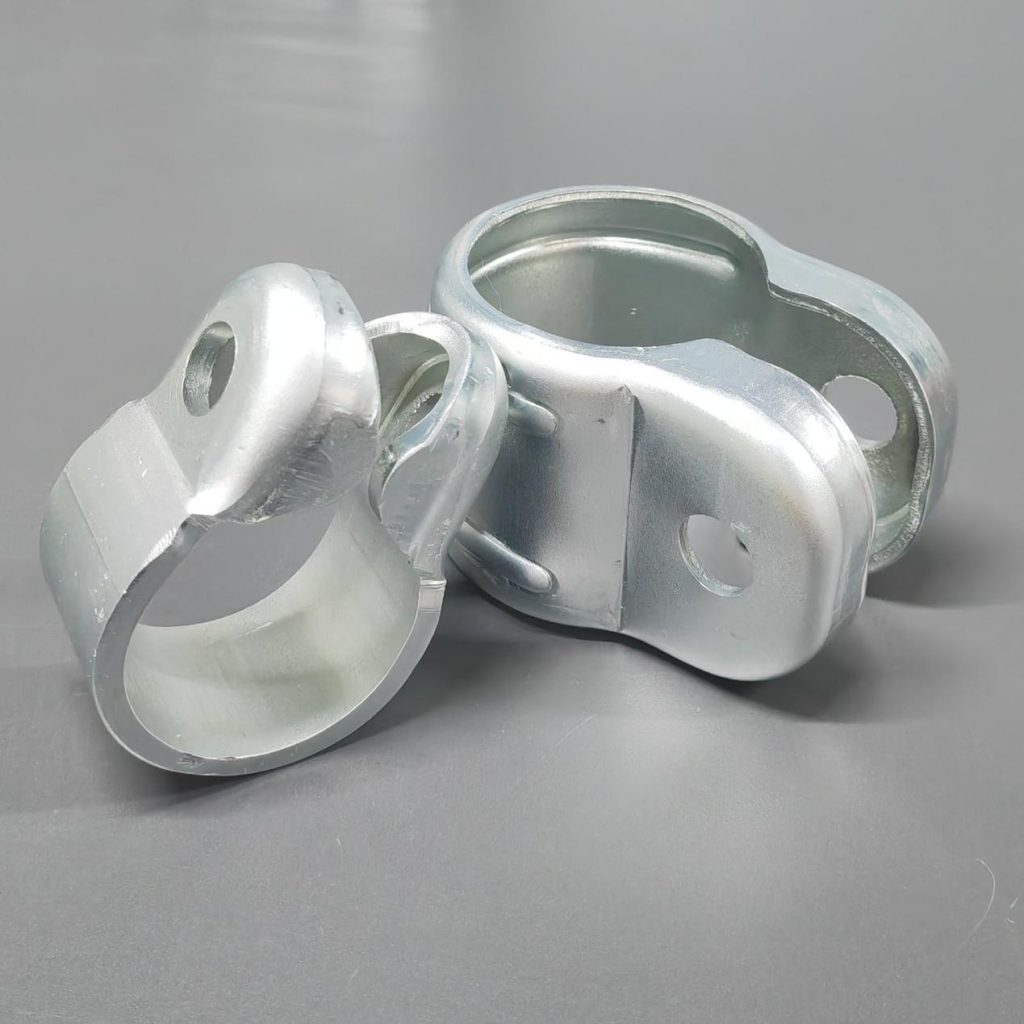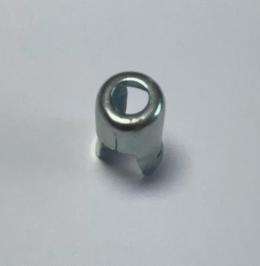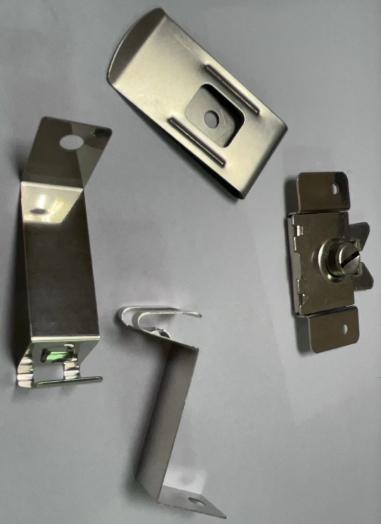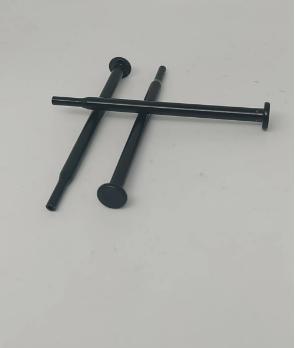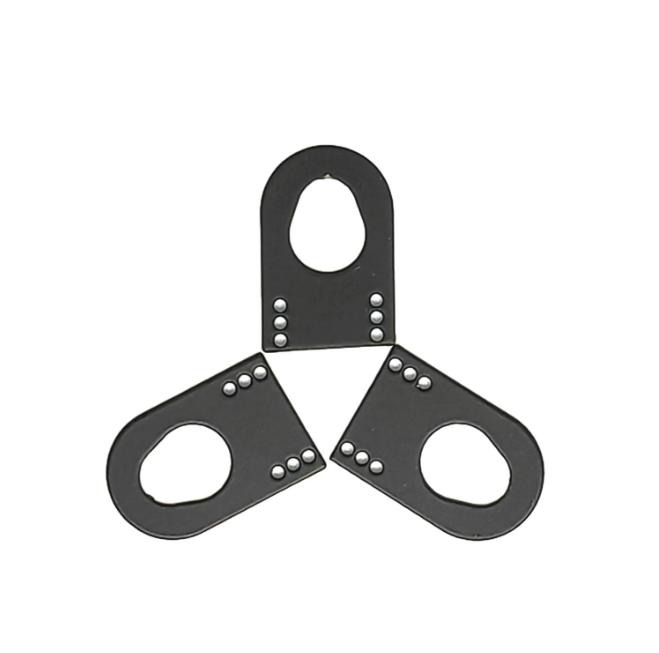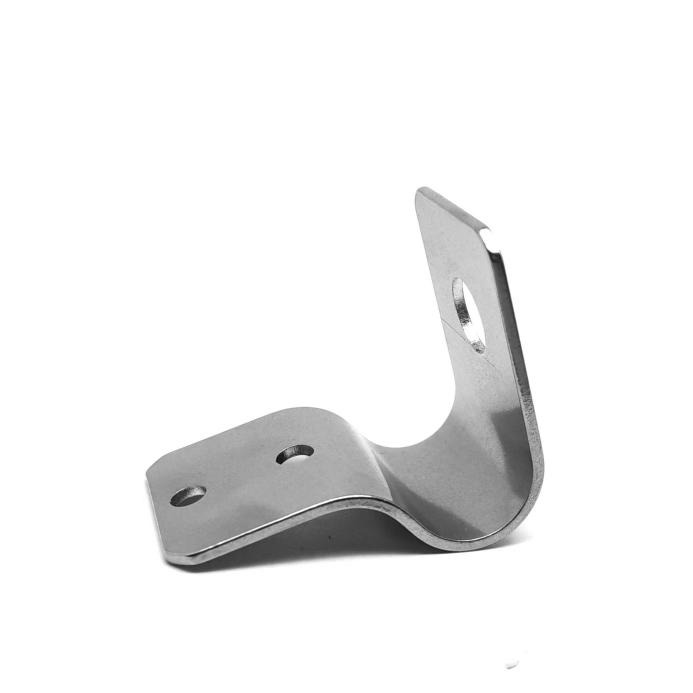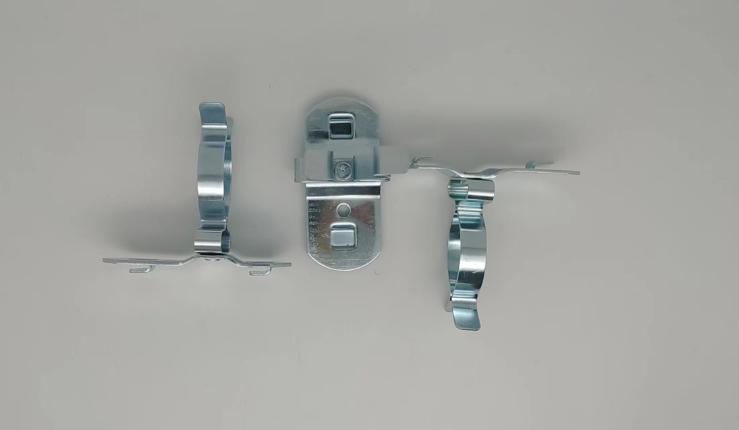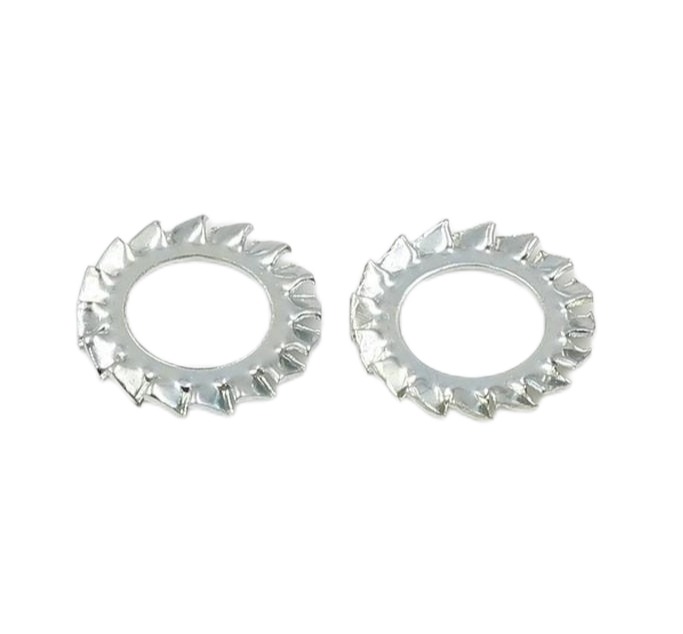Unlocking Precision: A Deep Dive into the Design and Engineering of Metal Stamping Dies
Metal stamping, a fundamental process in manufacturing, relies on precision-engineered tools called dies to transform raw metal sheets into complex, high-volume components. These dies are the unsung heroes of countless industries, from automotive and electronics to aerospace and medical devices. But what lies behind their seemingly simple operation? This article delves into the intricate world of design and engineering that unlocks the incredible precision of metal stamping dies.
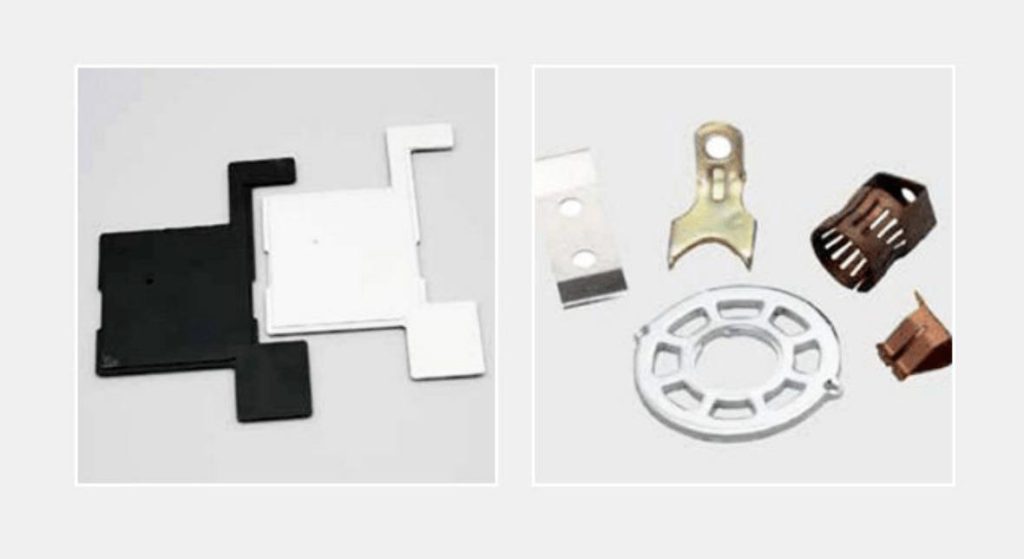
The Design of Metal Stamping Dies: From Concept to Creation
The journey of a metal stamping die begins with a clear understanding of the desired part. Designers meticulously analyze the part’s geometry, tolerances, and material properties to create a 3D model. This model serves as the blueprint for the die, detailing its components and functionalities.
The design process involves several key elements:
- Part Geometry: Analyzing the part’s shape, dimensions, and features determines the die’s cutting edges, forming surfaces, and other critical elements.
- Material properties: The chosen metal sheet’s thickness, strength, and ductility influence the die’s design, including its material composition, heat treatment, and surface finishes.
- Tolerances: Tight tolerances demand precise control over the die’s dimensions and manufacturing processes.
- Cost and manufacturability: Balancing precision with cost-effectiveness requires optimizing the die design for efficient production.
Advanced software tools play a vital role in the design process. Computer-aided design (CAD) software allows for precise modeling and simulation of the stamping process, ensuring the die produces the desired part while minimizing potential flaws. Finite element analysis (FEA) helps predict the die’s behavior under stress and optimize its design for maximum strength and durability.
Engineering of Metal Stamping Dies: Bringing the Design to Life
Once the design is finalized, it’s time to bring it to life. Skilled engineers utilize various manufacturing processes to create the die components:
- Precision machining: CNC machines carve complex shapes and features into the die blocks, utilizing high-precision cutting tools and computer-controlled movements.
- Grinding: Grinding removes microscopic imperfections from the die surfaces, ensuring smooth operation and consistent part quality.
- Heat treatment: Controlled heating and cooling processes enhance the die’s strength and durability, allowing it to withstand the enormous forces involved in stamping.
- Assembly and testing: The individual components are meticulously assembled into the final die, followed by rigorous testing to ensure dimensional accuracy and proper operation.
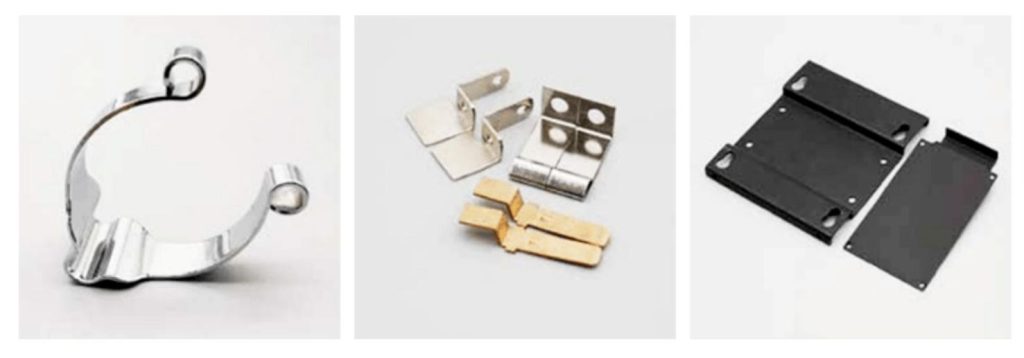
The Cutting Edge: Advanced Techniques for Enhanced Precision
Modern advancements are continually pushing the boundaries of precision in die design and engineering. Some notable examples include:
- Additive manufacturing: 3D printing allows for the fabrication of complex die components with intricate geometries, previously impossible with traditional methods.
- Laser cutting: This technology offers unmatched precision and flexibility for cutting complex shapes in die materials.
- Advanced materials: New materials with improved wear resistance, thermal stability, and other desirable properties are being developed to optimize die performance.
Beyond Design and Engineering: A Collaborative Effort
The success of a metal stamping operation hinges not only on the die itself but also on a collaborative effort between designers, engineers, production staff, and quality control personnel. Constant communication, data analysis, and process optimization ensure consistent production of high-quality parts.
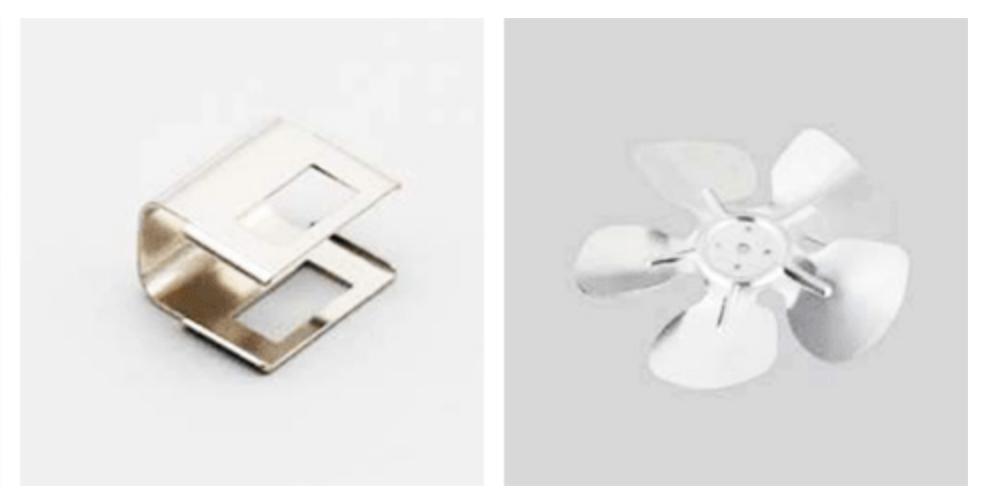
Unlocking the Future: Innovation in Die Design and Engineering
As technology continues to evolve, the future of die design and engineering promises exciting advancements. Integration of artificial intelligence and machine learning will enable further optimization of the design process, leading to even higher precision and efficiency. Additionally, the development of new materials and manufacturing techniques will expand the capabilities of metal stamping, enabling the production of increasingly complex and sophisticated components.
The intricate world of metal stamping die design and engineering remains a fascinating and crucial field. By unlocking the secrets of precision, die engineers and designers play a vital role in driving innovation and shaping the future of manufacturing across countless industries.

